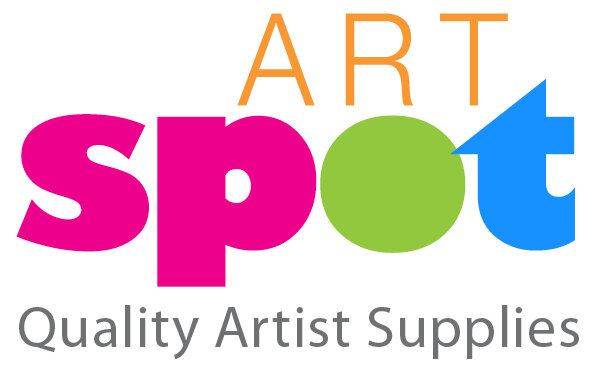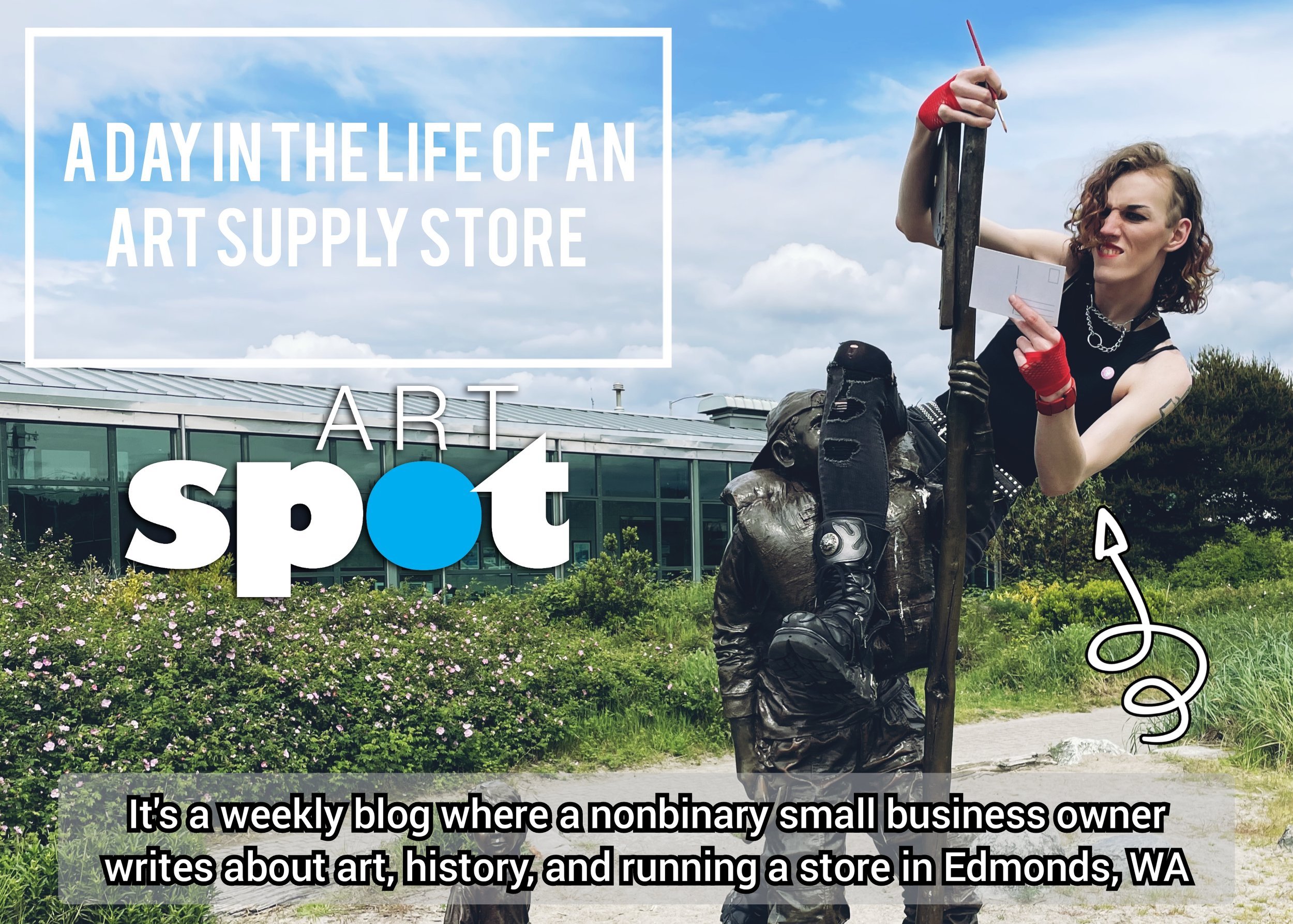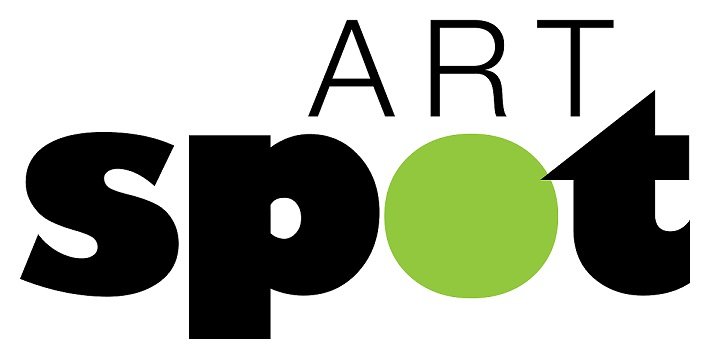Art can be a great many things…
And every one of us has a slightly different relationship to it. Art can be expression, a skill, a process, and a tool(1). Art can be many things, but if nothing else I can say this: all art has meaning(2) for someone. Another inescapable aspect of art, just as deeply true, is that all art is political. Whether it’s made in response to the political environment or blissfully not engaging with it at all, our creative choices impact the world around us.
Tracking down the history of political art, or protest art, has proven to be a challenge. Like art in general, it’s difficult to define specifically what exists as such a large umbrella. Moving past some scattered historical examples(3), we’re looking at the development of printing and the birth of mass media and how it relates to contemporary times.
From the drawings of the early American and French revolutions through to the memes and TikToks of today exists a through-line that is as powerful as it is accessible. After all, for art to find meaning for more people, more people must be able to engage with it. For protest art to historically be effective, it must always adapt to be seen and understood by the populations that need to hear the message(4). It doesn’t do a movement any good to exclusively appeal to the educated, the wealthy, or even the literate. Art has, and always has, an appeal to anyone with eyes, ears, or any sense at all.
Given that it’s hard to remove art from the political context in which it was made, one could spend an entire blog listing even just the most famous contributors to the movement(5). Each small inspiration, answered call to action, and spark of awareness is a victory for the artist regardless of their fame.
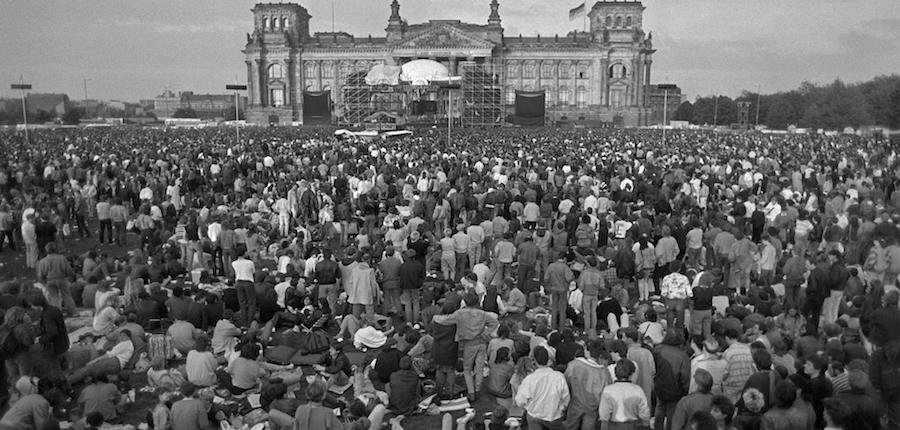
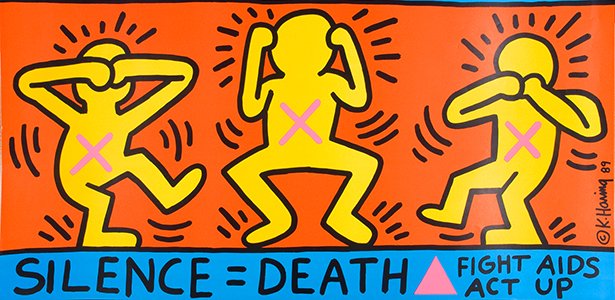
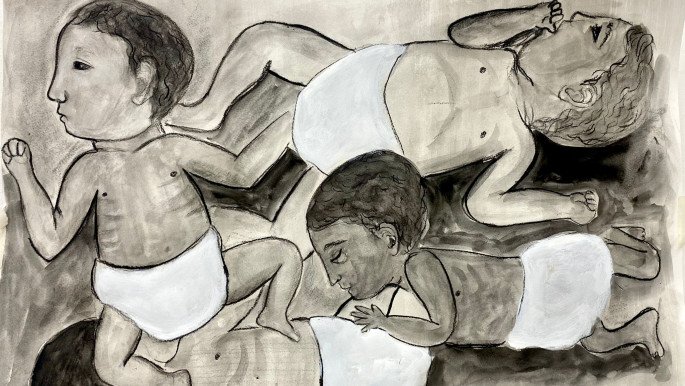
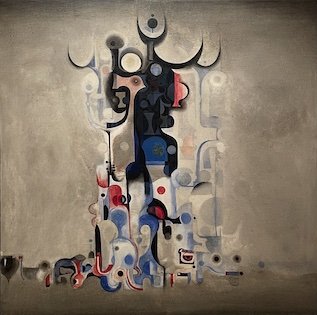
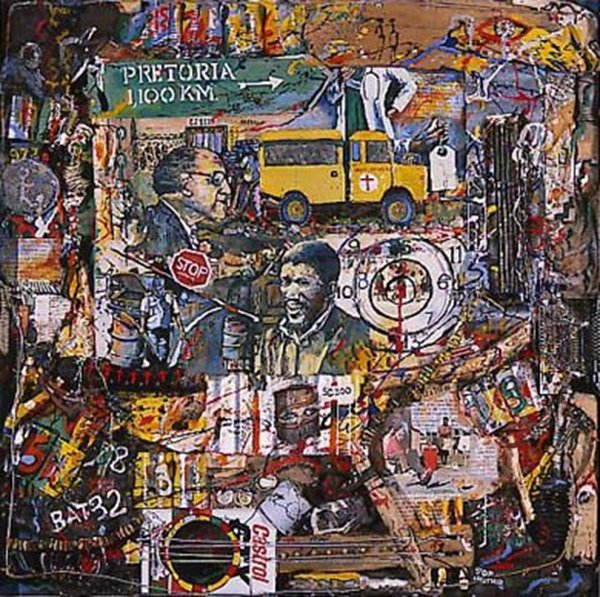
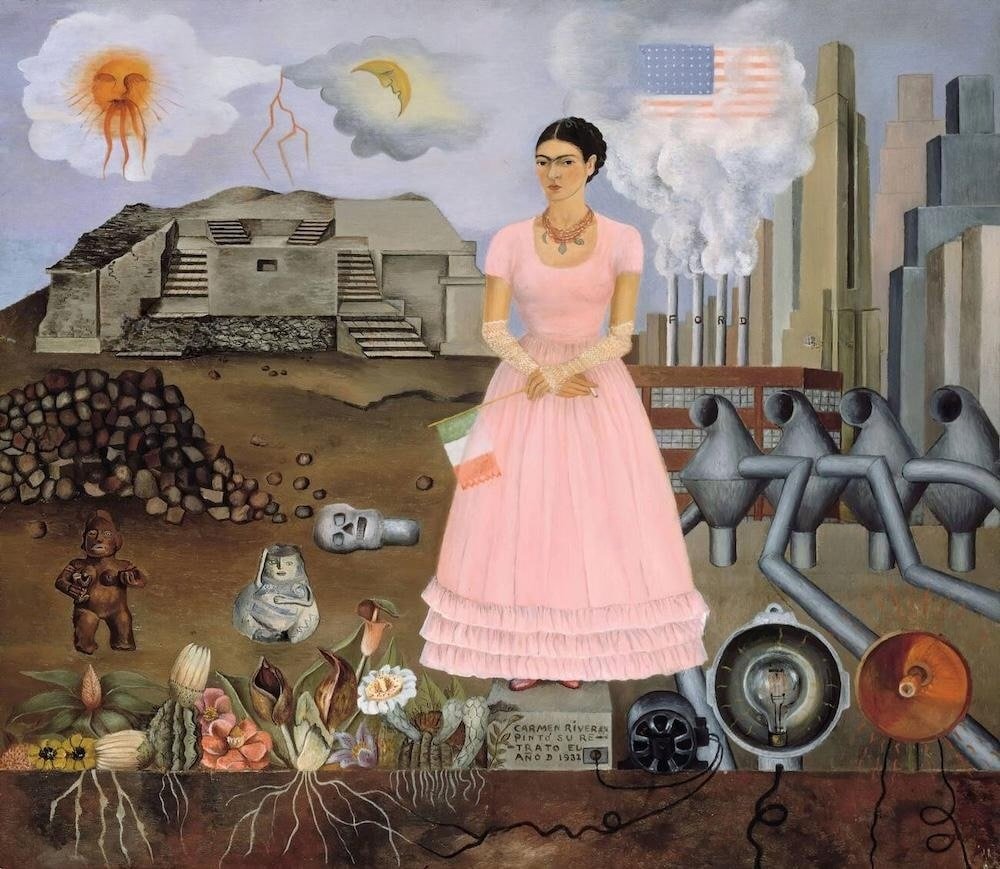
One would be remiss not to mention the other, more sinister side of this same discussion: propaganda. Protest art shares more in common with its darker self than most would care to admit, but there are several key differences that help it to stand out whatever form(6) it takes. Propaganda artists want to appeal to an audience’s fears and pride. It answers questions, tacitly or otherwise, rather than asking them. More than anything, propaganda is best defined by the power imbalance behind it. The most important questions we need to ask when we see a painting or advertisement, hear a song or commercial, or read an article or book are twofold. Who is creating this, and what do they have to gain(7)? On the flip side, one can also think of who stands to lose the most from the acceptance of the given message. If there’s any doubt, do some quick research(8)! Regardless of whichever side of the coin a piece of art falls on, the best thing to do when confronted with a work of art that stirs great feeling is to stop and think(9).
Art can be a great many things, and creative people can access their abilities to do a great deal of good. It’s the responsibility of creative people to think about the art they create, what they consume, and the wider impact it can have for better or for worse.
Uncommon fourth wall break here for uncommon circumstances. So far it’s day one of at least 1,461 in this new administration, and among other things my gender-diverse community has immediately come under direct threat of erasure. An erasure we have been warning about for years. Yes, there are legal instruments in place that may help to soften the blow, and yes, western Washington is a relatively safer place to exist. It does not negate the fact that we’re terrified. I am terrified to fight and live through what has been happening in slow motion my whole life. ARTspot does not have unlimited resources, but we’re committed to doing what we can to protect, help, and cherish the most vulnerable members of the Edmonds community and beyond. The gender-diverse citizens of America are far from the only people who have been and will be targeted, and our store stands as a place of safety and understanding as much as it stands for creativity and learning. If you need someone to talk to, stop by No Talent Art Club on any Friday night, hang out, and maybe make some art with us. It might have a positive impact on you and the people around you!
(1) Or, like, any number of other things. Art is famously really difficult to define, especially when artists love to make a point of stretching and breaking definitions as soon as they’ve been laid down.
(2) Dadaists don’t even start with me. Or do, and we can have an absolutely absurd conversation.
(3) Resources I was checking were referencing how Pharaohs had a tendency to erase the image of their predecessors, Roman graffiti, and western renaissance artists would sometimes stretch the definitions of what their patrons had commissioned. While true, these are inherently political choices, they’re intended for such a small and historically far-flung audience, I’m choosing not to focus on them today.
(4) In 2025 it’s hard to imagine paper pamphlets distributed by Paul Revere would have the same intended effect. If a modern-day Woodie Guthrie were broadcasting a message of peace and justice exclusively on the radio, who would be there to listen? Protest art, calls to take an active role in a movement, find their home on the streets and in the hands of as many people as possible.
(5) Willie Bester (South Africa), Frida Kahlo (Mexico), Richard Doyle (United Kingdom), Bob Dylan (United States), Ai Weiwei (China), Keith Haring (United States), Malak Mattar (Palestine), Ibrahim Al-Salahi, and more could go on a list of artists that just goes on and on and on.
(6) People who wish to do harm, become powerful, and such do not look like mustache-twirling villains. In fact, most PR advisors would likely try to avoid any significant association with any famously mustached authority figures in general! What I’m saying is that propaganda in art and design isn’t ever going to come across as obvious. Like my earlier attempted definitions of art and protest art, it’s hard to offer a satisfying definition that includes propaganda and excludes all else.
(7) George Carlin, a comedian, put this very succinctly when he laid out his thoughts about comedy that punches down and comedy that punches up. It’s easy for whatever group has resources and power to make art that targets, exploits, and manipulates those who have less. It takes a cleverer mind to turn the tables and effectively punch up.
(8) A lot of folks will have the entire internet at their beck and call within arms reach these days. It really does only take a few moments to do a brief search of an author or artist on your phone, and the results can be surprising!
(9) Seriously, George Orwell would really, REALLY appreciate it if you nurture and practice your critical thinking skills.
(10) We’re ALL creative people! We all have that capacity.
